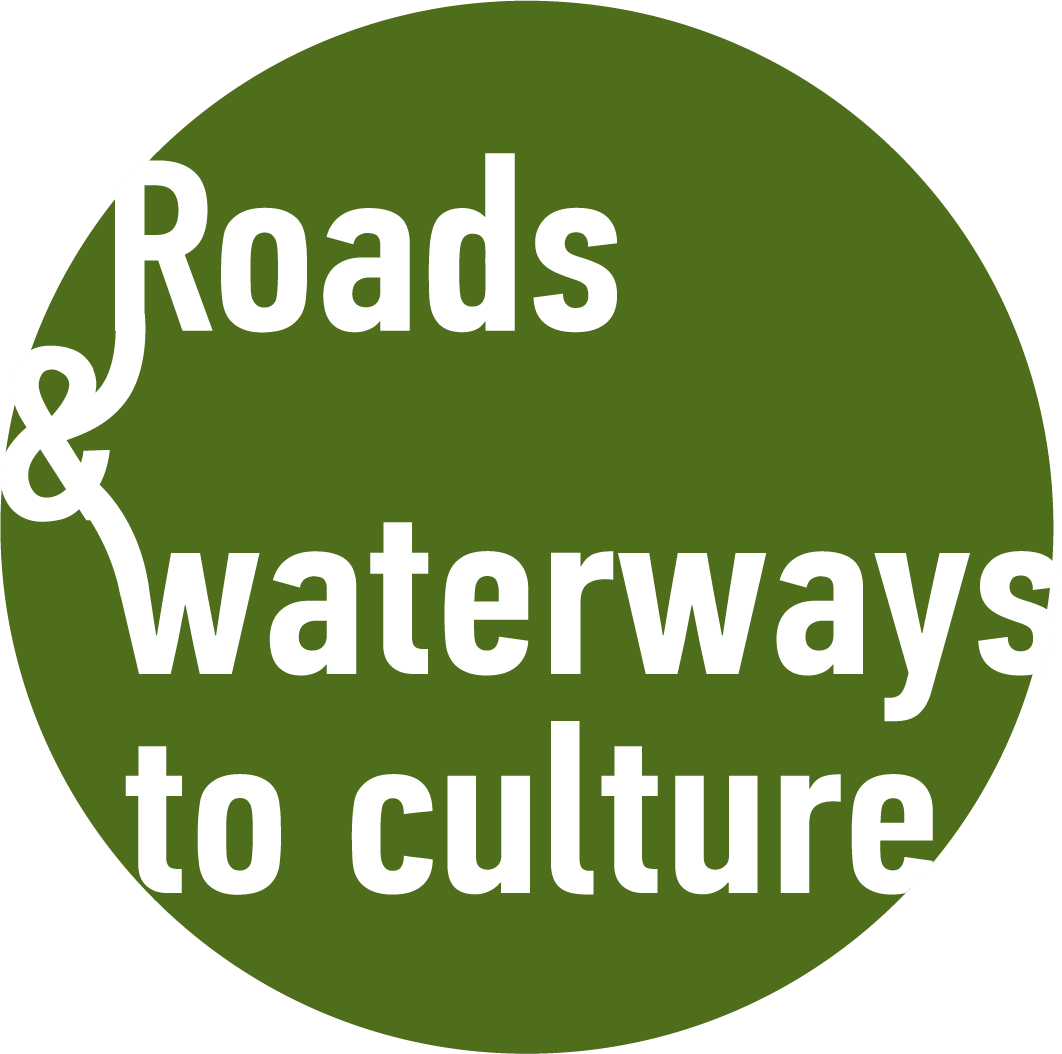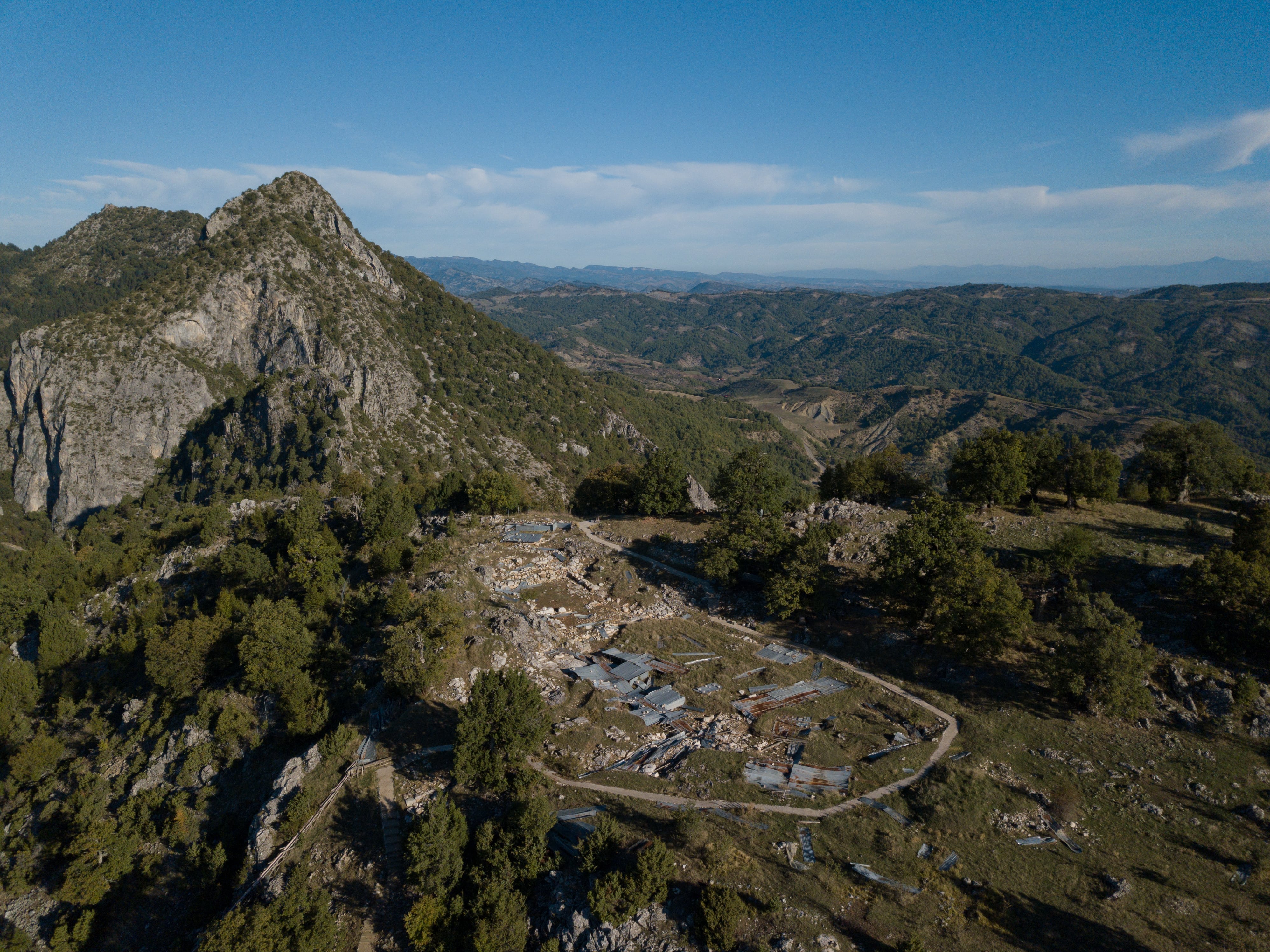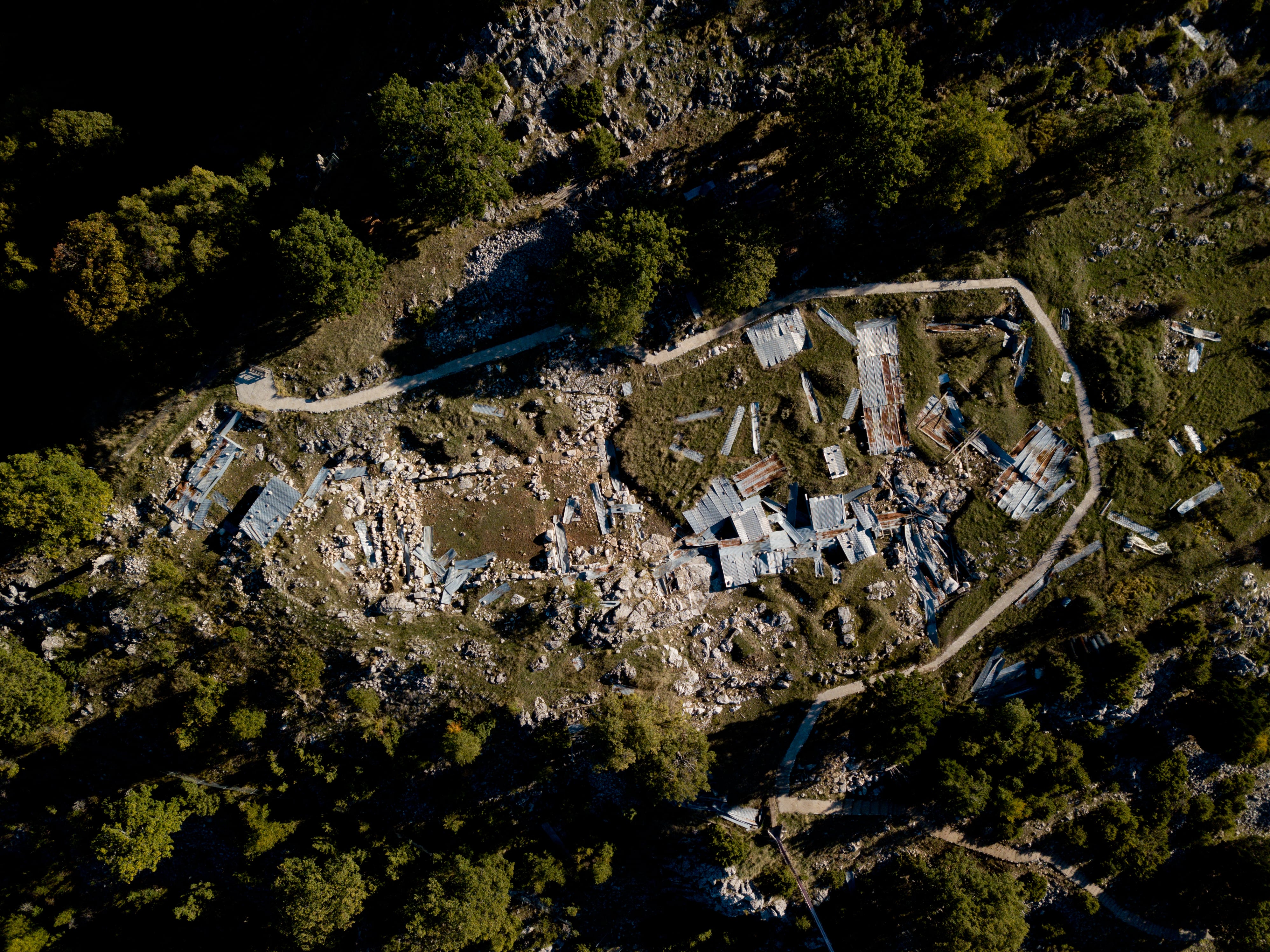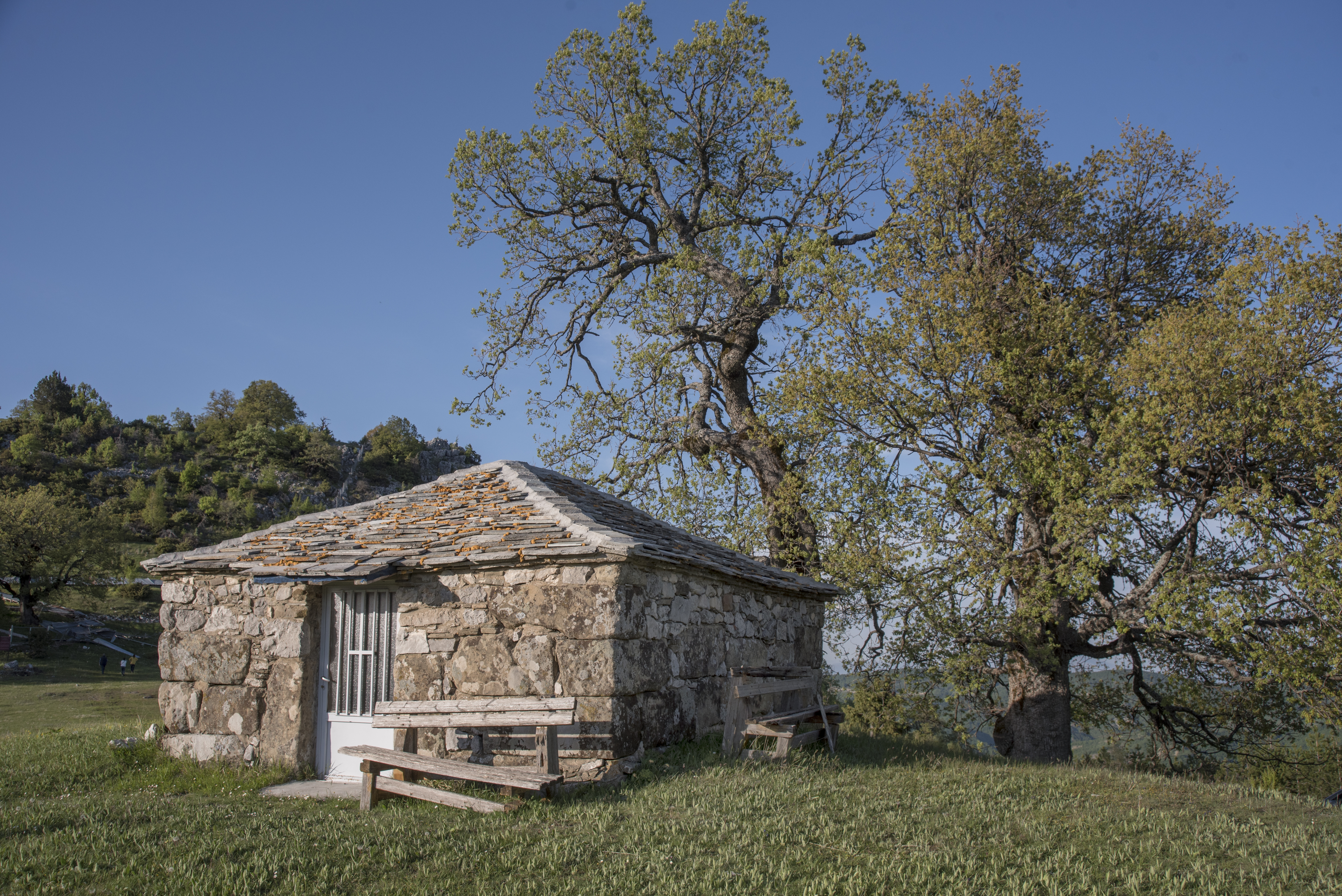Acropolis in Kastri (excavation area)
per person
The land of Tymphaeans was important for the Kingdom of Macedonia as they participated in the quest of Alexander the Great led by the General Polyperchon. At the center of that land, between the settlements of Polynerio and Alatopetra, is located the Kastri hill, at an altitude of 1200 m. At this strategic position, the acropolis of an unknown and hitherto unidentified ancient city was found and is now being researched by the Aristotle University of Thessaloniki.
The presence of human activity at the area starts from the Neolithic era, however the building relics date to the end of the 4th century BC until the middle of the 2nd century BC. The acropolis was finally destructed during the war which is associated with the domination of the Romans in the kingdom of Macedonia, around 150 BC.
The acropolis was surrounded by a fort, built of irregular stones, which probably extends under the city below. The excavation to date has brought to light, a fortified enclosure, towers and two gates on the middle plateau of the hill. The monumental western and eastern gates are now preserved on a lower plateau. Various building relics were unearthed in the acropolis, including those of a winged temple in a hall building form measuring 18.80 m x 11.40 m and a narthex measuring 5.03m x 11.07m which was accessible via staircase. In addition, they were also found the foundations and the architectural parts of a large Doric portico with a second colonnade, inside of which there was probably a propylon for the entrance to the sanctuary of the citadel. Both these buildings date to the end of the 4th c. π.X. The area was destroyed in the 3rd c. BC, however many parts of it were rebuilt and preserved until the middle of the 2nd c., such as the building remains of a small Hellenistic building that was founded on a layer of fire destruction in the western part of the temple.
Excavation reveals such as architectural parts, ceramics – of foreign and local origin – dated to the Classical and Hellenistic period, richness in metals, bronze and iron rings, a shield plate, iron arrowheads, gold earrings with a depiction of lion heads, coins, royal ones in the main originated from Macedonia and Epirus, bone and fragments of inscriptions, bear testaments to the existence of an important center in the Macedonian kingdom that took the control of the natural roads from Macedonia to Thessaly and Epirus. In the key role sanctuary of the acropolis, a deity was worshiped, the identity of which is expected to be revealed during the excavation, as there may be a connection between that deity and the traditional worship of the Tymphaeans to Zeus (Jupiter) or the mother of the gods, Rhea.
At the bottom of the hill, it exists the one-room church of Sts Theodoroi, a temple that was built in the early 20th century. Its masonry consists of ancient cupolas and it seems to be built on a tower of the ancient fort.
Source/References
Accessibility: The archeological site is under excavation and is closed to the public.




